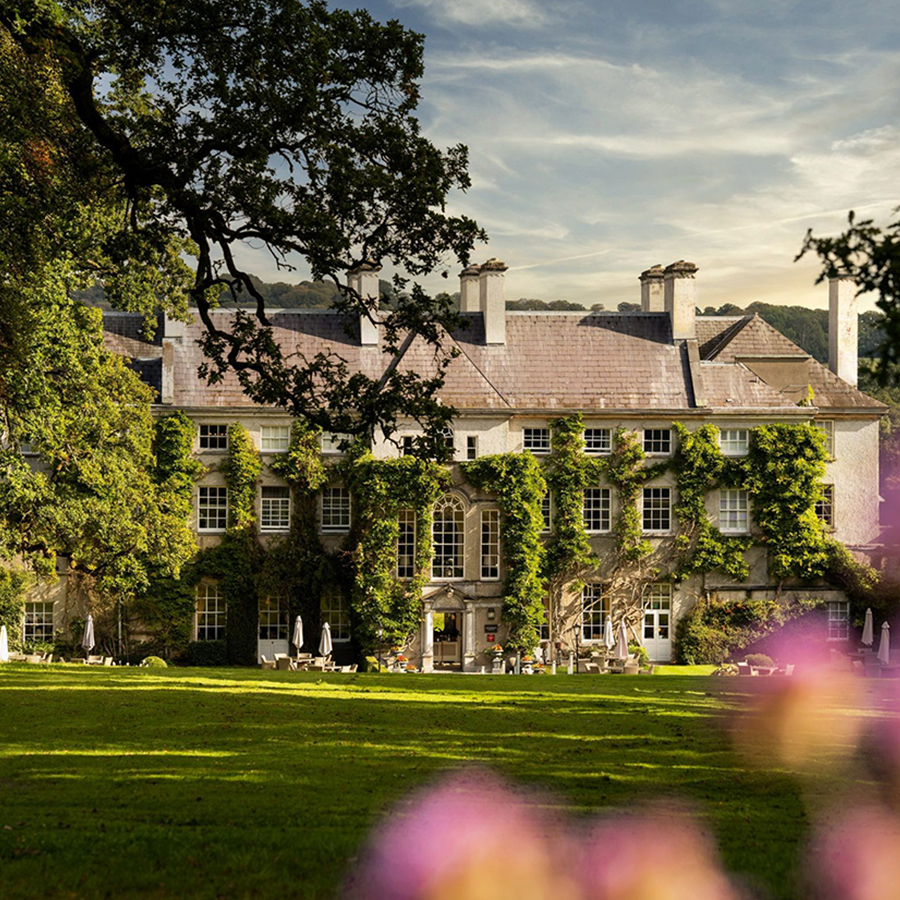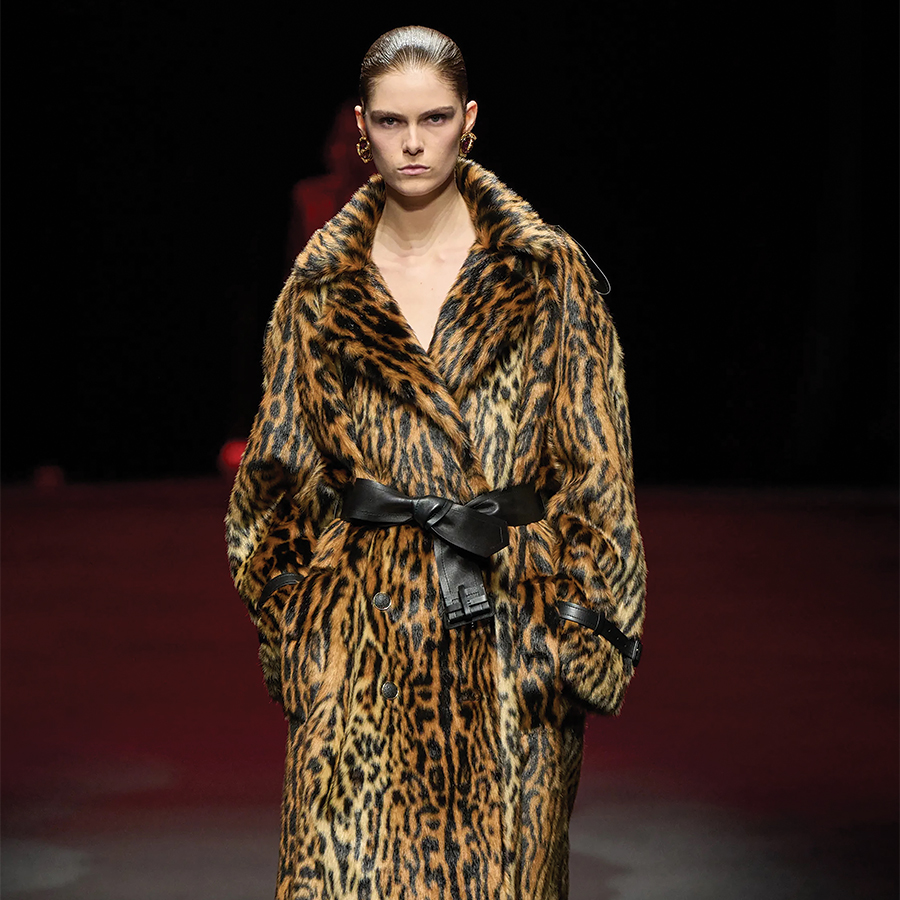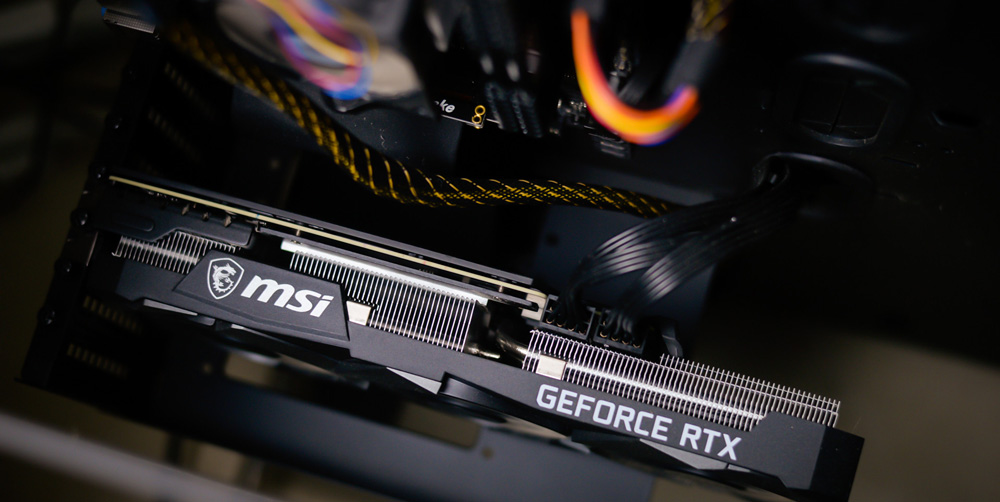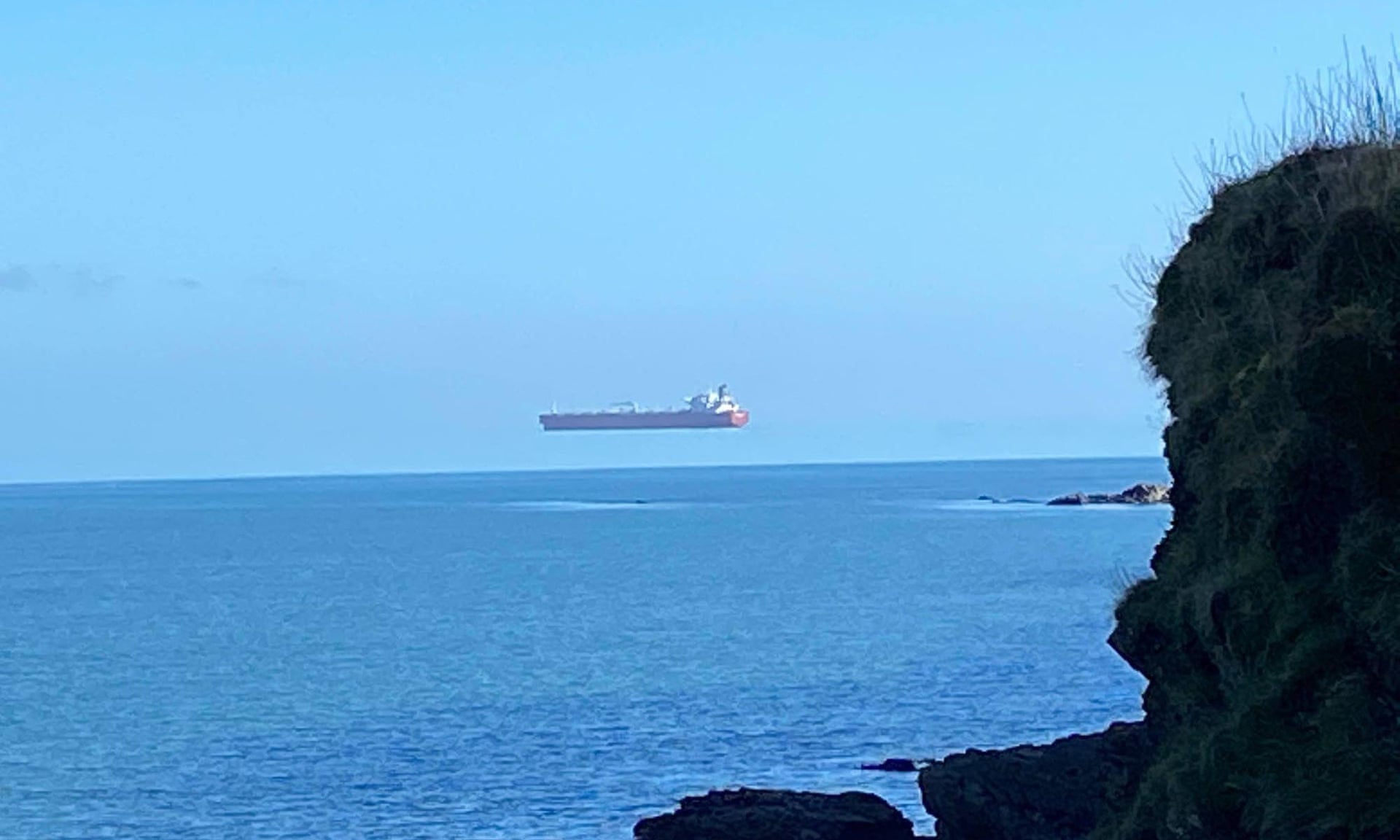Anyone who visits Kazan cannot resist Tatar pastries — in fact, when in Tatarstan it is truly impossible not to try the national treat, a small triangle pie called echpochmak. How famous is this pie? There is even a monument to it.
Tatar names are not easy for foreigners. For example, the word “balish” means “pie” in Tatar. This is the name of a large baked pie filled with potatoes or (less often) grains and ground meat. What Russians know and love as belyash is actually a Tatar pie called peremyach. There is a great deal of inter-cultural and linguistic confusion.
How is this peremyach/belyash made at home in Tatarstan? You need to make unleavened dough and then a filling of finely chopped meat and onions. Roll out circles of dough for the base. Put the meat on them and carefully gather up the edges, leaving a small hole in the center. The belyash was originally round, although sometimes they are triangular.
Of course, the real belyash, i.e. peremyach, is fried in oil in a rather complicated way. First, it is placed with the hole side down in order to form a crust so later the juice does not run out. Then it is turned over and cooked until done while the cook periodically pours a bit of the hot cooking oil in the hole. The result is delicious and succulent.
Traditionally food in Russia was not fried in a lot of oil. But as Russians moved into the Volga region and Urals, by the 15th century Russians had picked up this cooking technique. Tatar pies fried in oil became popular in Russia and were even given a Russian name: karasiki — the diminutive for carp, because they were triangular and looked like a small fish.
The echpochmak, unlike the peremyach, is not fried in oil, but baked in the oven. And its name is formed from two words. “Ech” — the number “three” in Tatar — and "pochmak" — “angle.” That is, it’s a pie with three corners, or simply a triangular pie. In fact, in Russian they are often just called triangular pies.
Any meat, except pork, can be used in echpochmaks. For religious reasons, traditional Tatar cuisine does not include any products from pigs. The filling might be mutton, beef or veal, chicken, duck or goose — any meat from domestic animals or poultry, preferably meat with fat. If there is no fat on the meat or not much of it, they add sheep-tail fat, clarified or fresh butter. And be sure to pour some meat broth into the echpochmak just before the pies are done baking in the oven. The pie should be juicy, and the finely chopped meat soft.
Can you make echpochmak with minced meat? Of course. Instead of cutting the meat into small pieces you can run it through a meat grinder or food processor. This does break with tradition, but it won’t affect the flavor.
Today, potatoes are always added to echpochmaks. We all know that potatoes were a relatively recent food product in that part of the world. After all, potatoes were cultivated on a mass scale throughout Russia only in the first half of the 19th century.
Finally, the filling always includes a small amount of onions. They complement the flavors of meat and potatoes without overwhelming them, and they make the pies even juicier.
When you bite into the pie, juice should flow out — this is the delight of a hot echpochmak. A piece of melted or clarified butter is a guarantee — along with meat broth poured into the hole in the top of the pie — that the pie will be juicy. The filling will steam in the broth and the meat will become tender.
The only spices used are salt and black pepper — preferably fresh ground pepper.
Cooking real Tatar echpochmaks begins with a yeast dough.
According to modern tradition, echpochmaks are made with a dense yeast dough that holds the filling well. The amount of flour depends on the quality; you might have to use more or less. The dough should be quite dense, so that it can be easily rolled into circles and the edges can be sealed.
This is, of course, a modern tradition. In ancient times the baked goods of many Turkic peoples were made with unleavened dough. Yeast dough is the result of centuries-long interaction between Tatar and Russian cuisines — a mingling that produced some true culinary treasures.
The flour is always wheat flour. Unlike the lands around Moscow in the medieval period, the Volga region has long been an area of wheat cultivation. Wheat flour was the most common flour used for making bread and other baked goods.
Ingredients
900 g - 1 kg (1.9 to 2.2 lb) highest grade wheat flour 500 ml (2 c) milk 30 g (1 oz. or 10 tsp) fresh (compressed) yeast 250 g (1 c) butter 15 g (1/2 oz or 1 ¼ Tbsp) sugar 10 g (2 tsp) saltInstructions
Pour about 100 ml (about ½ c) of milk into a bowl large enough for kneading the dough. Crumble in the yeast, add 2 Tbsp of flour (of the total), a pinch of sugar and stir with a whisk to dissolve the yeast. Cover with cling film and leave for 20 minutes. The yeast should begin to bubble. Add all other ingredients and knead into a thick dough. Cover with cling film and leave to rise. As soon as the dough doubles in volume, it is ready to be cut into echpochmaks.Meanwhile, while the dough is rising, prepare the filling.
Ingredients
800 g (1.7 lb) beef 1 kg (2.2 lb) potatoes 3 onions 150 g (5.3 oz or 2/3 c) butter (fresh or clarified) 200 ml (5/6 c) broth salt, pepper to tasteInstructions
Yunus Akhmetzyanov, one of the most prominent experts of Tatar cooking, writes in the collection of recipes called “Tatar cuisine”: “The meat is cut into small pieces, the size of a hazelnut.” The potatoes are cut into the same size pieces. To keep the potatoes white, after they are cut into pieces, cover them with cold water. Before the filling is made, empty the potatoes into a colander and then mix with the meat and finely chopped onions. Add salt and pepper to taste. Fresh or clarified butter is then added to the minced meat. Yunus Akhmetzyanov advises that “in order to keep the potatoes from darkening and to prevent the meat from producing too much juice, don’t mix all the filling together at once, but rather mix it in small portions.” The filling should be thoroughly mixed so that all the ingredients are evenly distributed. The dough is divided into balls weighing 90 g (3 oz) and rolled out into flat circles the size of a teacup saucer. Do not roll out the dough into very thin circles; you don’t want the dough to tear when you are shaping the echpochmak. But on the other hand, the dough should not be too thick either: the main thing in the pie is not the dough, but the filling.These little triangular pies filled with meat and potatoes are quite a hearty meal in and of themselves. The best way to serve them is steaming hot straight from the oven with a cup of rich meat broth. No big national holiday goes by without a plate of hot echpochmaks in Tatarstan. And with echpochmaks any family feast or simple Sunday lunch becomes a celebration.


















 English (United States) ·
English (United States) ·